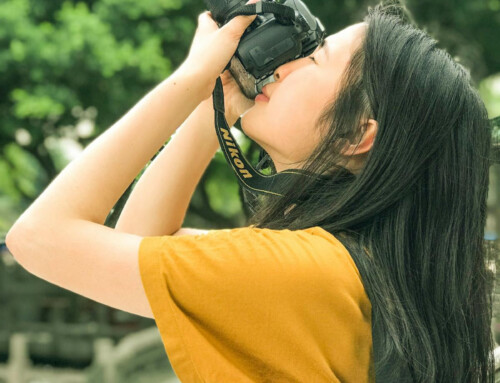This year, New Year’s Day brought more than resolutions, football games and hangovers: on January 1st – thousands of works previously protected by copyright entered the public domain.
The 1998 Sonny Bono Copyright Term Extension Act added an additional 20 years to existing copyrights, so works first published in 1925 are entering the public domain.
Once a work becomes part of the public domain, anyone can reproduce it or create derivative works based on it, and then sell those reproductions or derivative works.
These public domain works can, therefore, be circulated online, adapted by theater and film producers, photocopied for students, covered by musicians, and converted into new media, all without the need to obtain permissions or pay royalties.
Books that have now entered the public domain include Agatha Christie’s The Secret of Chimneys, John Dos Passos’ Manhattan Transfer, Theodore Dreiser’s An American Tragedy, F. Scott Fitzgerald’s The Great Gatsby, Ernest Hemingway’s In Our Time, Aldous Huxley’s Those Barren Leaves, Franz Kafka’s The Trial (in German), Sinclair Lewis’s Arrowsmith, Alain Locke’s The New Negro, W. Somerset Maugham’s The Painted Veil, Dorothy Scarborough’s On the Trail of Negro Folk-Songs, Etsu Inagaki Sugimoto’s A Daughter of the Samurai, Edith Wharton’s The Writing of Fiction, and Virginia Woolf’s Mrs. Dalloway.
Films that have now entered the public domain include The Freshman, Go West, His People, Lovers in Quarantine, The Merry Widow, Pretty Ladies, and The Unholy Three.
Some of the musical compositions (note – not the audio recordings) now in the public domain are Irving Berlin’s Always; Sweet Georgia Brown, by Ben Bernie, Maceo Pinkard & Kenneth Casey; Looking for a Boy, by George & Ira Gershwin (from the musical Tip-Toes); Manhattan, by Lorenz Hart & Richard Rodgers; and Yes Sir, That’s My Baby, by Gus Kahn & Walter Donaldson, as well as a number of works by Gertrude ‘Ma’ Rainey, ‘Jelly Roll” Morton, Duke Ellington, and Bessie Smith.
Public domain artwork now includes Edward Hopper’s House by the Railroad and Arthur Dove’s The Intellectual.
You’ll still need to be careful when reproducing and distributing these works (or works based on these works), though, since they may still be protected in countries other than the US. Also, newer derivative works of the 1925 originals are likely still protected.
If you want to reproduce a work that has not yet entered the public domain, you will still need to either obtain permission from the copyright owner, pay for a compulsory license (in the case of music), or rely on the doctrine of fair use.
According to the copyright statute, at least the following four factors must be considered when determining whether copying is a fair use:
1. The nature of the original work;
2. The nature and purpose of the use, including whether it is for commercial use or for nonprofit educational purposes and whether the use is “transformative” (adding something new);
3. The amount and substantiality of the portion used in relation to the original work as a whole; and
4. The effect the copying would have on the market for, or value of, the original work.
As you can see, there are no “bright line” rules defining fair use. Rather, a court must weigh various factors on a case-by-case basis. Even the courts have difficulty coming to agreement on whether a use is a fair one.
Please feel free to contact us if you’re in doubt as to whether a work is in the public domain or whether your copying of someone else’s work – or their copying of your work – is likely to be found a fair use or an infringement.






